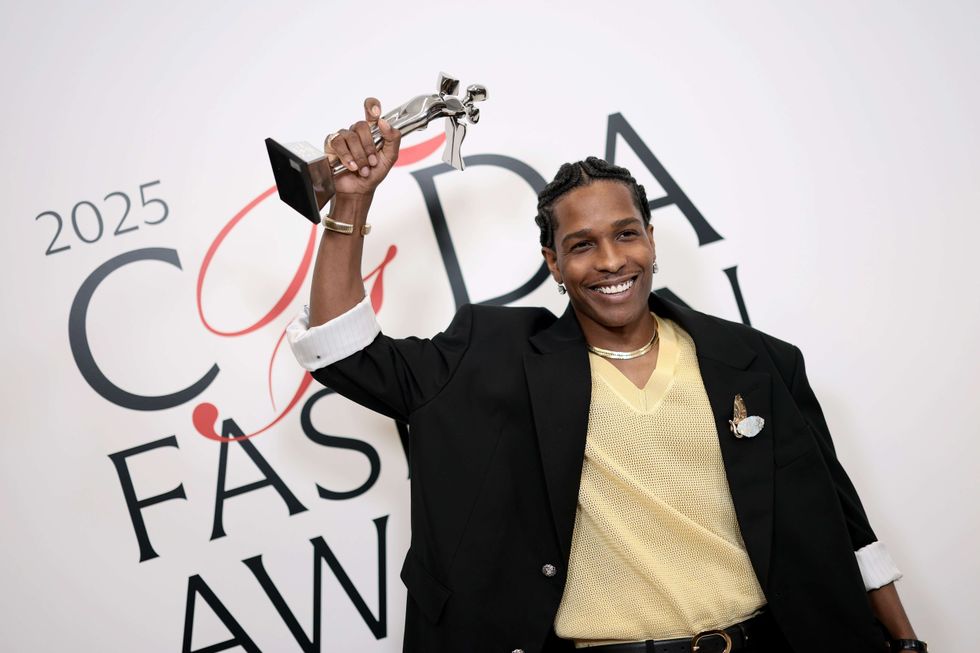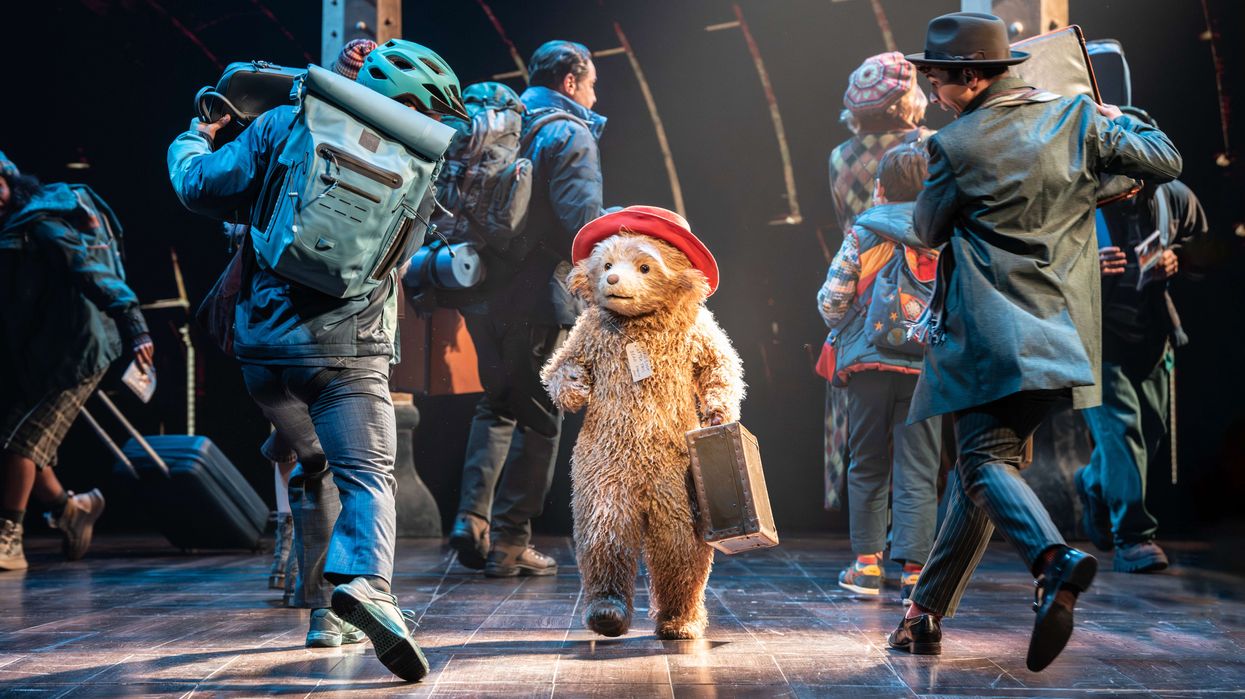By Asjad Nazir
THE first time ace director Kabir Khan teamed up with Salman Khan was for blockbuster action film Ek Tha Tiger and the second time was for one of Bollywood’s all-time highest grossing movies Bajrangi Bhaijaan.
The actor-director dream team look like making it three super hits in a row with this year’s big Eid release, Tubelight, which releases globally this month. Based loosely on Hollywood film Little Boy, the emotional 1962-set war drama sees the acclaimed filmmaker presenting Salman Khan in a never before seen way.
Eastern Eye caught up with Kabir to talk about the film, his working relationship with Salman Khan, inspirations, cinema and more.
How do you feel a few weeks before the release of your movie when everyone is expecting it to clock up big numbers?
To be honest I don’t really think of the numbers. I think if you take the stress of numbers it takes away the whole joy of your film. If I am happy with the film I have made, which I am, then to a certain extent I am excited to show it to the world. If I take the burden of numbers it could lead to anxiety and I don’t think I should look at my film through the prism of numbers.
I do understand there will be expectations because I am coming out with a Salman Khan film and our last two together did big numbers. Everyone hopes their film will be do better than the last and it so happens our last one was a giant. But I am not thinking of all these things. I am happy with the film and busy with the last minute post-production and marketing.
You sound remarkably calm considering the scale of expectations surrounding Tubelight?
I don’t get anxiety and am happy with the film. I am just curious about the reaction. Nervousness and anxiety would only come in if I wasn’t too happy with the film. Tubelight is exactly the way I wanted to make it and I think the confidence comes from there.
How has your working relationship with Salman Khan evolved across the three films you have done together?
Like all relationships there have been ups and downs. For our first film we were not quite sure how the other person thought or approached a scene. We were beginning from two different sensibilities and worlds. I had come from a world of documentaries and had done just two feature films, Kabul Expres and New York, which didn’t have lipsync songs. I always wanted to peg a scene to logic or reality. Salman would look to see how he could make the scenes larger than life and more entertaining. So there were always struggles. I think in that struggle we ended up understanding one another’s sensibilities and aesthetics.
That must have helped when you both worked on Bajrangi Bhaijaan?
I think with Bajrangi Bhaijaan we managed to blend the
two sensibilities and get the best of both worlds. So there was larger than life storytelling, but at the same time there was an effort to keep it real in terms of the visual palette, and the motivations of the character. That worked for us. The whole climax could never really happen on the India-Pakistan border, but by that time the audience is with us and the characters. They want it to happen and no one questioned it.
How did things change in Tubelight because you have presented Salman Khan in a way he has never been seen before?
I agree Asjad, he really has never been seen like that and the way he has performed. What you are seeing in the promos is just the tip of the iceberg. We have kept our cards close to our chest and haven’t really revealed everything that he has done in the film. I think he has for the first time really brought in his craft, which he always had. This time I could really see him struggling and thinking as an actor. Doing his homework almost to the point of being nervous before approaching a scene, asking questions and looking for support. That was for me a big change. Bajrangi was a little different to what he had done before, but it came easy for him because he was relying on his charm.
The audience does find him endearing.
(Smiles) He is endearing and it came easy to him. In Tubelight I was pushing him as an actor because I think the character he plays is an extremely difficult one. He could never go completely off and never look completely normal. So I think it was quite a struggle for him – how to keep that going. How to modulate his voice, his body language and at the end of the day we are talking about Salman Khan who is known for his machismo in Bollywood. So when he comes on screen there is a certain expectation of how he will look or what he will do. To find all that and send the character to the audience has been quite a struggle and I am happy to say he has pulled it off.
How did you find the gorgeous leading lady Zhu Zhu?
Yes it was a wide hunt. We needed a Chinese heroine because the character is Chinese. We got in touch with people in China and Hong Kong. We did various auditions and that is how we zeroed in on her. She had everything we were looking for. She spoke brilliant English so there was no communication problem. She had done international projects before, including Hollywood film Cloud Atlas and Netflix series Marco Polo. She had the correct attitude to jump into another foreign project. She loved the script and the character, which is beautiful. Her character is elegant, dignified and the voice of reason in Tubelight. She was up for the challenge and wanted to experience working in Bollywood.
Tubelight is an adaptation of Hollywood film Little Boy. How close is it to the original?
There are similarities of course because we have officially taken the story rights. But I firmly believe you have to make the film your own. I have been offered many opportunities to remake foreign features and have been through the catalogues of three big studios, but had never been excited about the remake of an international film. Then there was this one small film I would never have seen had it not been for one of my assistants. Something said this can be brilliantly adapted to our conditions and have that correct resonance. Something about it stuck in my mind. I kept thinking about it for a month and realised there is a perfect adaptation for this in India. So I made some changes and thankfully the makers of Little Boy were agreeable that we wouldn’t remake it, but adapt it to our history and bring in our characters.
What is your favourite moment in Tubelight?
I think a film becomes really good when a lot of great moments come together. So it’s difficult for me to select just one. There is one I really love, but unfortunately can’t mention yet as it would be a bit of a spoiler. I am really happy with Tubelight so there are many moments in the film that work for me. I have been watching it from an audience point of view and thoroughly enjoying it.
What are your hopes for Indian cinema? They are making small independent movies and big blockbusters.
I just hope the two continue. The only problem in our industry is that the big blockbusters and star driven ones squeeze out smaller films in terms of budget, screen space and capturing people’s imaginations. That is not healthy or nice for an industry. I think what is healthy is to do what we are celebrated for, the big Bollywood musicals with stars, song and dance, along with nice smaller independent films. If both can continue developing that would be great.
Foreign territories like China are embracing Indian cinema in a big way.
Yes, that is fast emerging as a market for us. Dangal has done incredibly well there. I myself am working on an Indo-China concept, which hopefully can be a true collaboration between the industries. I think the only way we can go is up and a lot of growth will come into the industry in a huge way. Also more platforms in which we will showcase will emerge including a web based one.
Finally, what inspires you as a director?
I basically react to stories. It could be a headline in a newspaper, something I have experienced in one of my travels or something I’ve heard or read. If a story begins to excite me then that is it and I just completely go for it.
Tubelight is in cinemas on June 23.





 A$AP Rocky received the Fashion Icon AwardGetty Images
A$AP Rocky received the Fashion Icon AwardGetty Images Donatella Versace accepted the Positive Change AwardGetty Images
Donatella Versace accepted the Positive Change AwardGetty Images Maitreyi Ramakrishnan and Bach Mai attend the 2025 CFDA AwardsGetty Images
Maitreyi Ramakrishnan and Bach Mai attend the 2025 CFDA AwardsGetty Images







